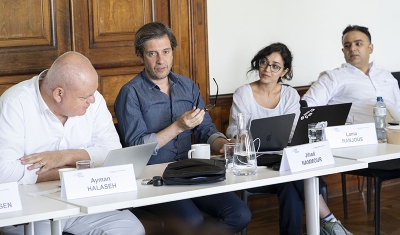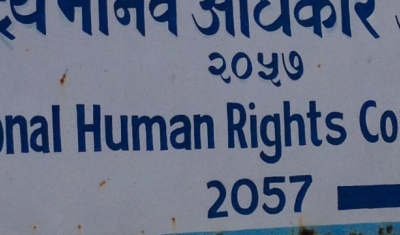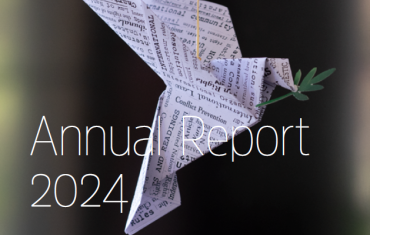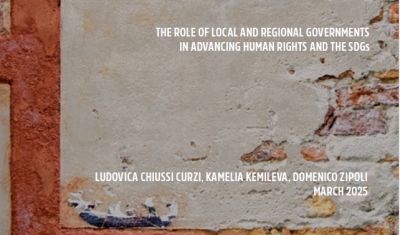The Torture Index is a unique, data-driven tool developed by the World Organisation Against Torture (OMCT) and its SOS-Torture network to assess the risk of torture, ill-treatment, and the use of force by public officials across the globe. It is the first international tool to comprehensively focus on this specific set of human rights violations, assessing States' compliance with the highest international standards, while also examining their intersection with key issues such as democracy, prison conditions, death penalty, fair trial rights, violence against women and girls, and the safety of human rights defenders.
Unlike other measurement tools and human rights indices that may rely solely on legal frameworks or high-level reports, the Index draws from a combination of legal analysis and on-the-ground data collected by trusted local civil society organisations. This allows for a more nuanced and practical understanding of both the existence of safeguards and their real-world implementation. It highlights not only compliance gaps but also the absence of data itself—pointing to critical transparency issues and access to information.
The Index empowers civil society and affected communities to contribute directly to documenting abuses and evaluating state performance. It supports public debate by creating a transparent, open-access database that helps governments, journalists, researchers, and businesses understand both country-level risks and patterns of abuse. By surfacing evidence of systemic government deficiencies and elevating the voices of high-risk and marginalised groups, the Index promotes accountability and advances democratic participation, legal reform, and the protection of fundamental rights.
By 2025, OMCT network members and partners have collected data from 26 countries: Argentina, Bahrain, Belarus, Cameroon, Colombia, Congo, El Salvador, Ethiopia, Honduras, Hungary, India, Indonesia, Italy, Kyrgyzstan, Libya, Malaysia, Mexico, Moldova, Nigeria, Pakistan, the Philippines, the Russian Federation, Togo, Tunisia, Turkey and Spain.







